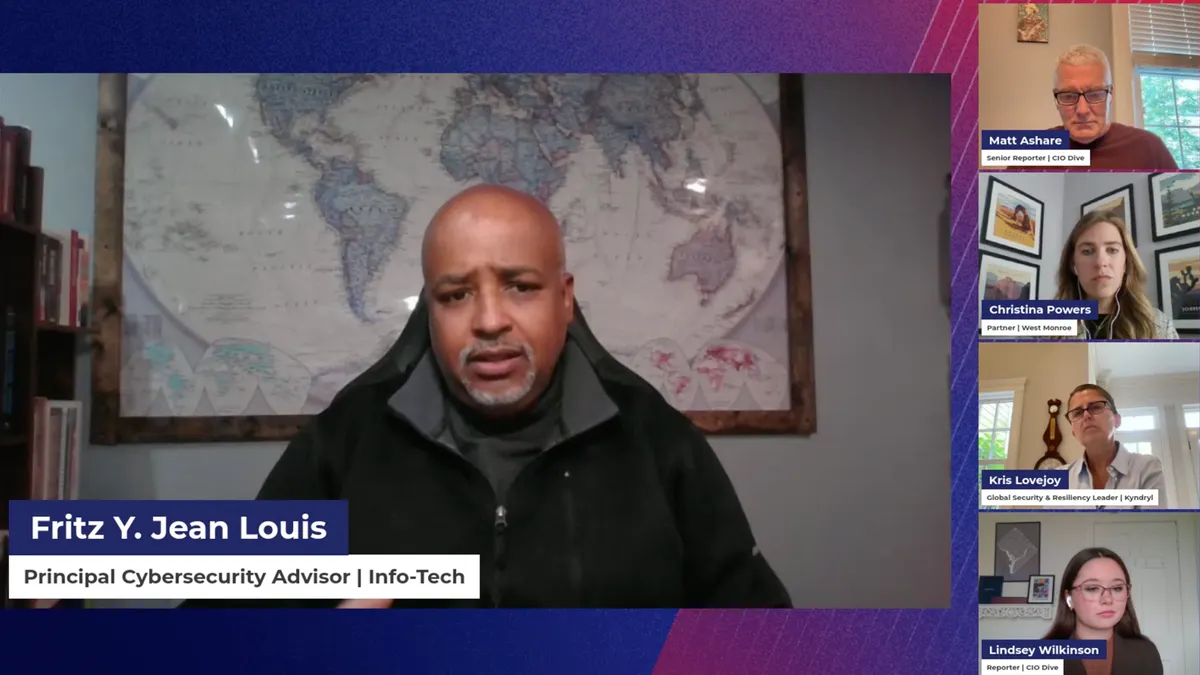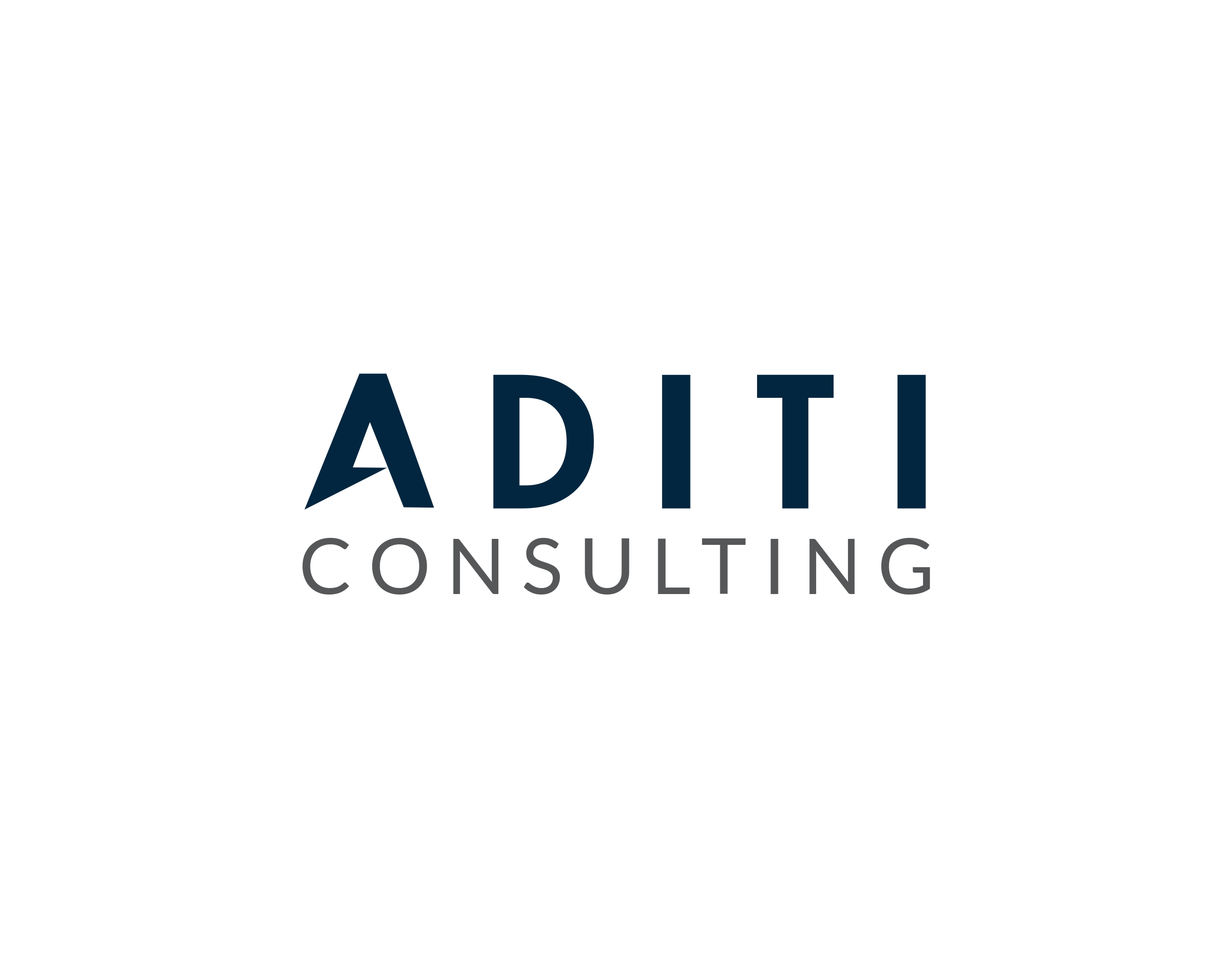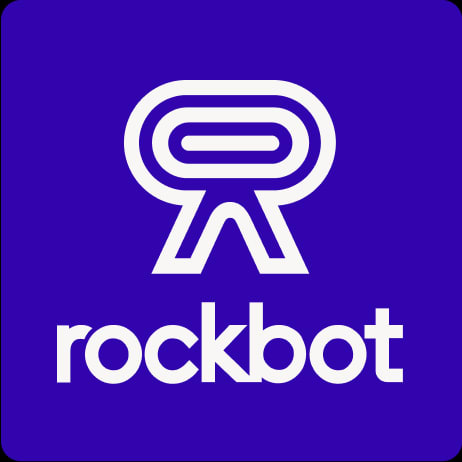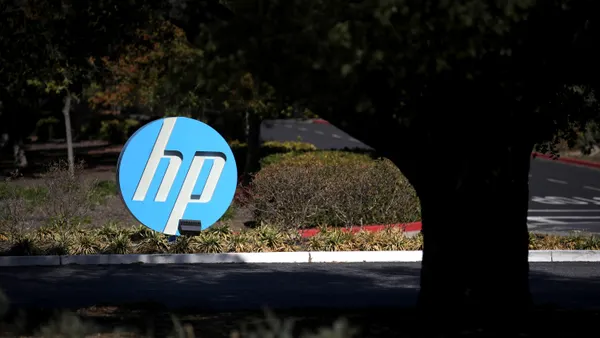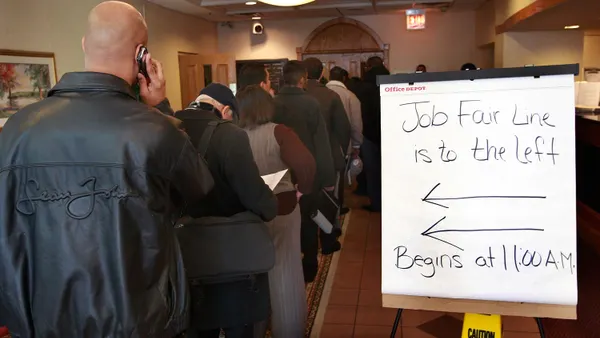Cambridge, Mass. — The agentic AI era is here, bringing sweeping operational changes alongside promises of enhanced productivity. Despite the upside, CIOs are grappling with the depth of change amid pending tasks from earlier innovation waves.
The tension was top of mind Tuesday at the 22nd annual MIT Sloan CIO Symposium, where technology executives gathered to discuss the long-tail effects of AI adoption. CIOs are redefining their roles to focus on shepherding structural change in addition to leading the IT organization.
"This is an incredible inflection point in technology," said Monica Caldas, global CIO at Liberty Mutual Insurance, likening the rise of AI to the transformation from horse-drawn carriages to automobiles.
Caldas described a three-pronged approach to steering generative AI adoption, which starts by plugging AI into daily work and then tailoring use cases in response to broader company strategy.
"The third piece, which I think is harder for cultures to embrace, because it requires you to change, is what we're calling rewiring with AI," Caldas said. The strategy seeks to contextualize AI use amid ongoing organizational change.
Agentic AI dominated the day’s discussions as executives flagged the early pain points and small victories of initial adoption.
Infrastructure company Ferrovial is working to adopt the technology to improve operations, according to Dimitris Bountolos, chief information and innovation officer. The company deployed a dozen agents to drastically reduce the time it spent creating lane closure reports.
"It was not the headline last year, but this year any conversation is putting agentic AI in the middle of the dilemma," Bountolos said. "We believe this is something that is going to redefine the way teams, human beings and organizations are interacting with each other."
Roadblocks ahead
Businesses are working to overcome data shortcomings before agentic AI can deliver on its promises. Even executives at innovative companies concede that AI adoption brings challenges alongside awe-inspiring change — and that several of the puzzle pieces are still coming together.
"Clients that I've been working with are still … struggling with some of the governance and management practices that support structured data and even basic analytics, not even getting into analytical AI," said John Spens, VP of data modernization at Thoughtworks. "We're still seeing many organizations that have made the leap to the cloud and using modern architectures, modern tools, smart-based aggregation and such, but didn't quite get the house in order."
Part of the complexity lies in AI's need for ample, diverse data sets — and just how much data a large organization can generate.
"The idea that one day we will have organized data is, I think, a theoretical goal," said Vipin Gupta, president and CTO at Flipt. "Instead of assuming that we are organized, we need to plan for this level of diversity."
Leaders flagged evolving AI security risks, too, citing Gartner's expectation that cybercriminals will turn AI agents into attack vectors in one-quarter of security breaches by 2028.
There's also a reimagining of talent strategies afoot, with technology leaders rethinking role structures in response to how AI can augment an employee's capacity or automate entire processes.
The scope of the CIO role will keep expanding, with executives in tech functions being tasked to shepherd broad organizational change. This will require deep collaboration with other parts of the business.
"Transformation could have been an IT thing, ‘let's just do it in our own function,’" said Caldas. "But the reality is it's not possible to transform without the ecosystem actually going on that journey with you."







